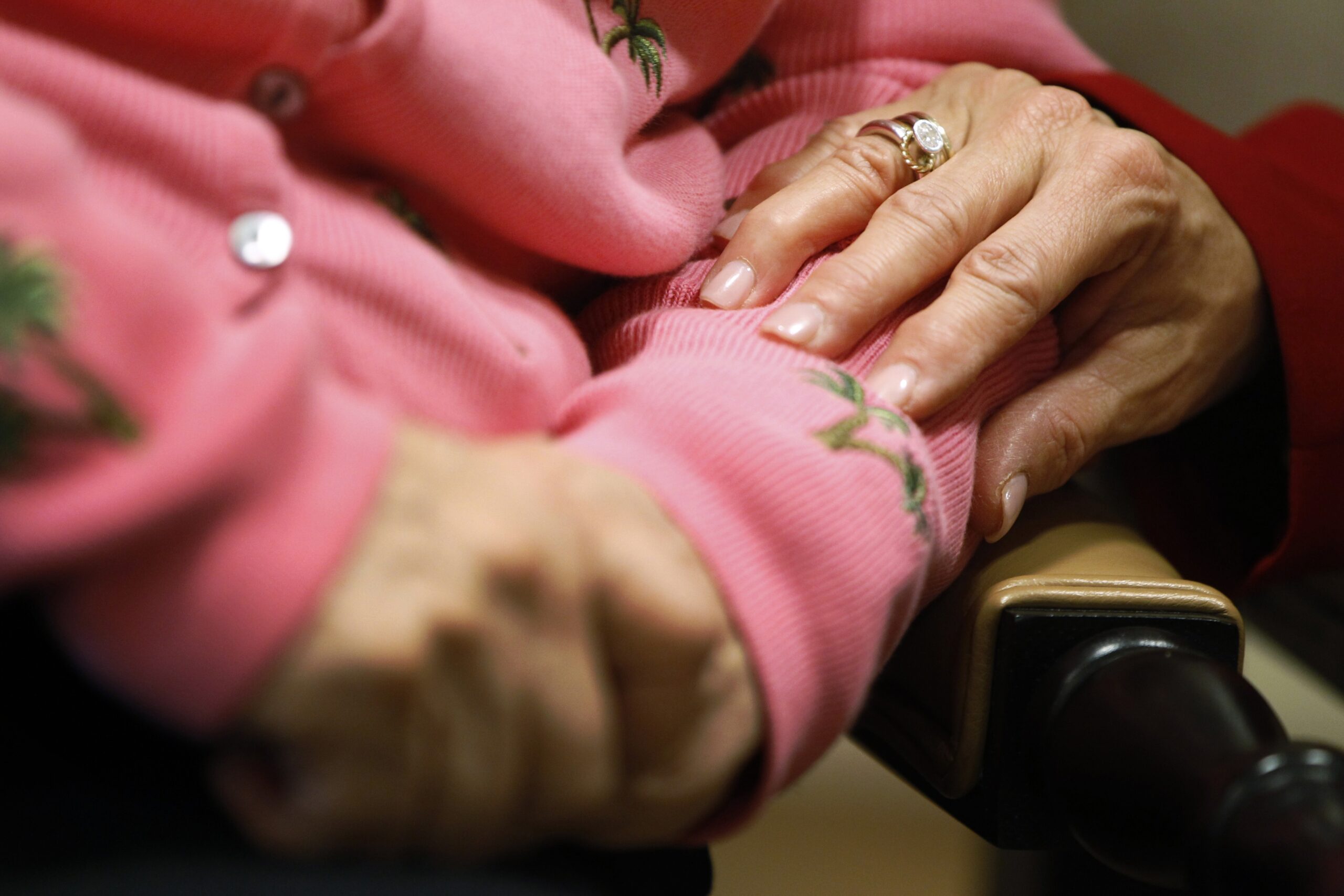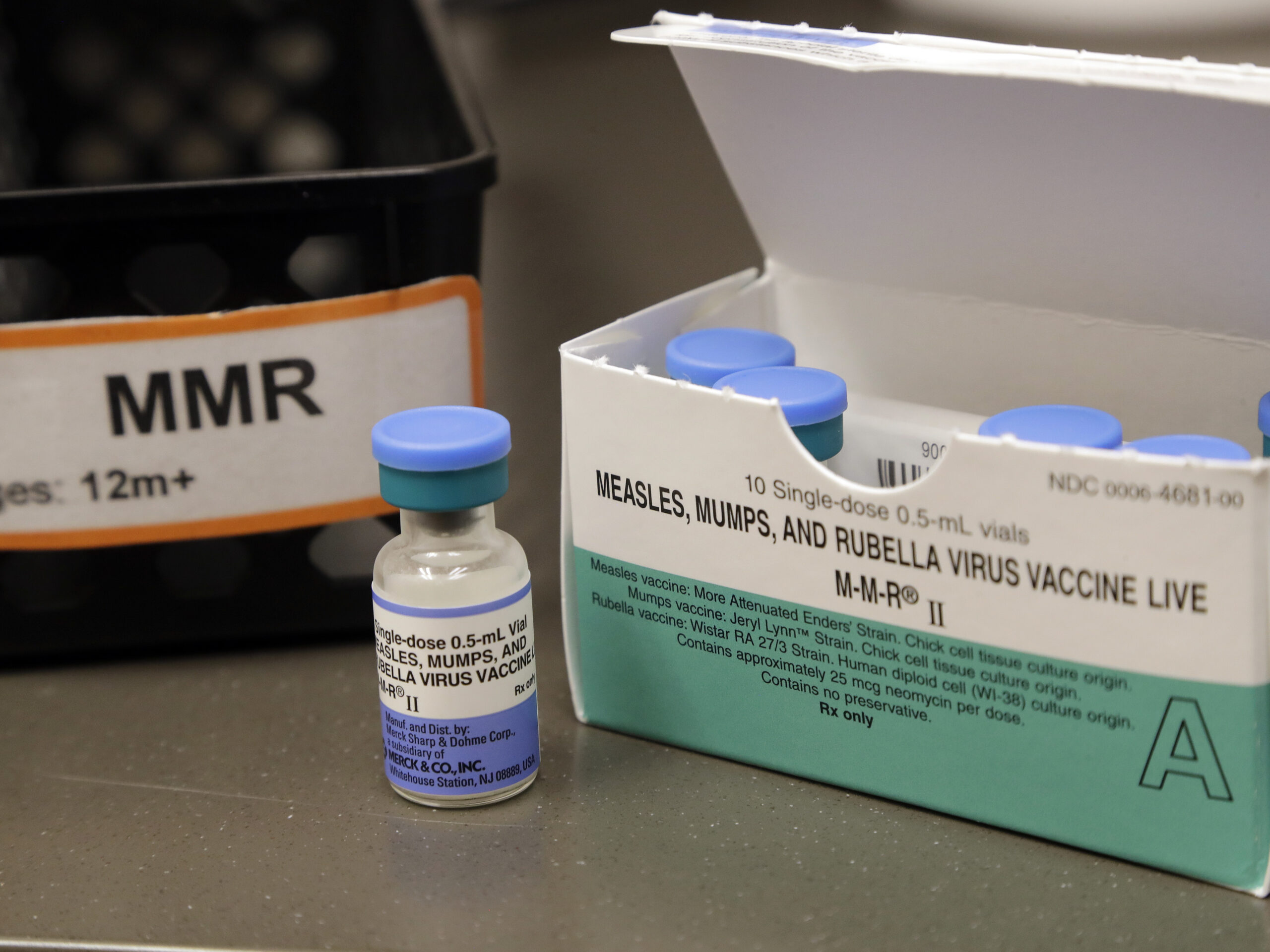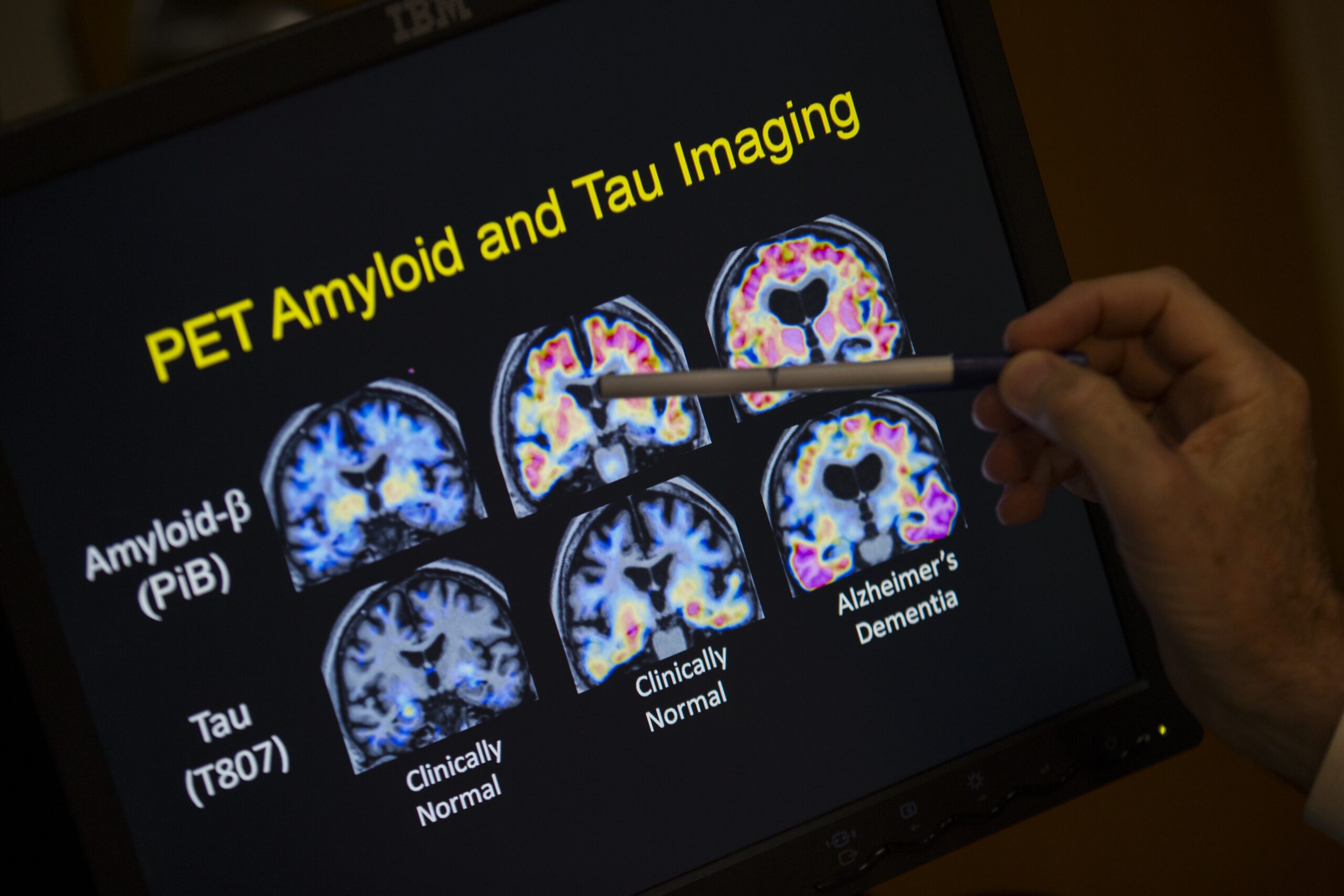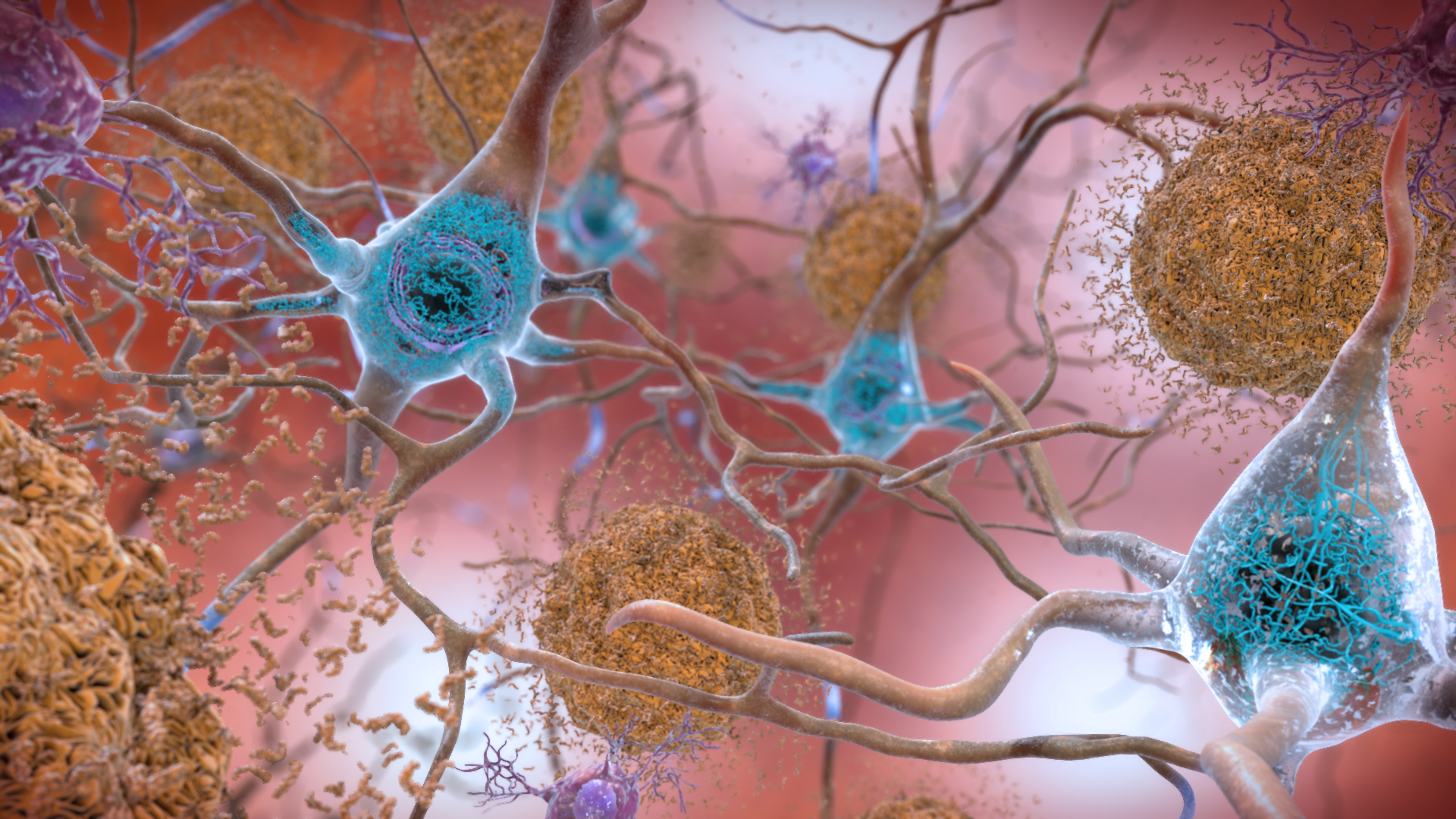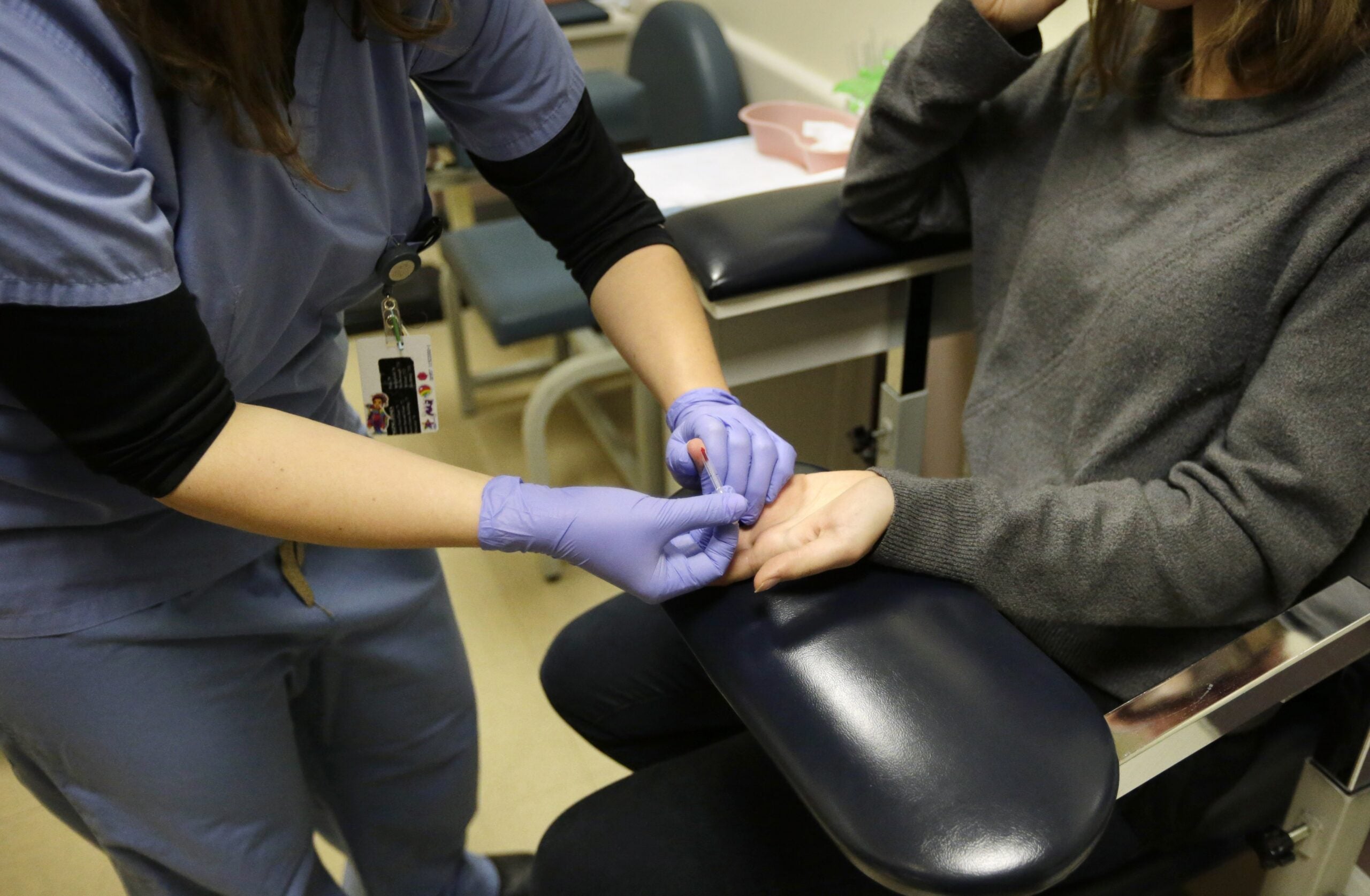A study released last week from the Centers for Disease Control and Prevention showed death rates from Alzheimer’s disease increased 55 percent across the country from 1999 to 2014.
The study found the United States’ death rate from Alzheimer’s was 25 out of every 100,000 people. In Wisconsin, the death rate was 29.1 per 100,000.
Tom Hlavacek, executive director of the Southeastern Wisconsin chapter of the Alzheimer’s Association, said early signs can come in the form of life-altering memory changes.
Stay informed on the latest news
Sign up for WPR’s email newsletter.
“You don’t just forget how to go to a similar place,” he said. “You’re there and you completely forget how to get back home. That would be a memory change that would disrupt your daily life. Even challenges in planning or solving everyday problems, especially financially planning that you used to be able to do.”
Hlavacek said awareness surrounding the disease is growing as more people are affected by it. He said it’s important for caregivers to know there is support if taking care of relative with the disease becomes overwhelming.
Last week, Wisconsin Department of Health officials released their plan to help improve overall state health by 2020. The plan focused on raising awareness for the disease, which is the sixth leading cause of death in the state.
Carrie Mohlke, head of the department’s Bureau of Aging and Disability Resources, said it’s becoming more important for people to get screened early.
“It doesn’t change the outcome of the disease,” she said. “But it can help people and families plan to ensure that people’s wishes are known for what they want to do as their cognition starts to decline.”
She said on average people live 10-to-14 years after being diagnosed, and there is no known treatment or cure.
The number of people living with the disease in the state age 65 and older is expected to increase by 18.2 percent in the next eight years. By 2040, an estimated 213,238 Wisconsinites age 65 and older will be living with the disease. A 52 percent increase from 2015.
Editor’s note: This story was updated to correct a fact that previously stated 640,000 Wisconsinites aged 65 and older would be living with the disease and that it would be a 72 percent increase.
Wisconsin Public Radio, © Copyright 2024, Board of Regents of the University of Wisconsin System and Wisconsin Educational Communications Board.

